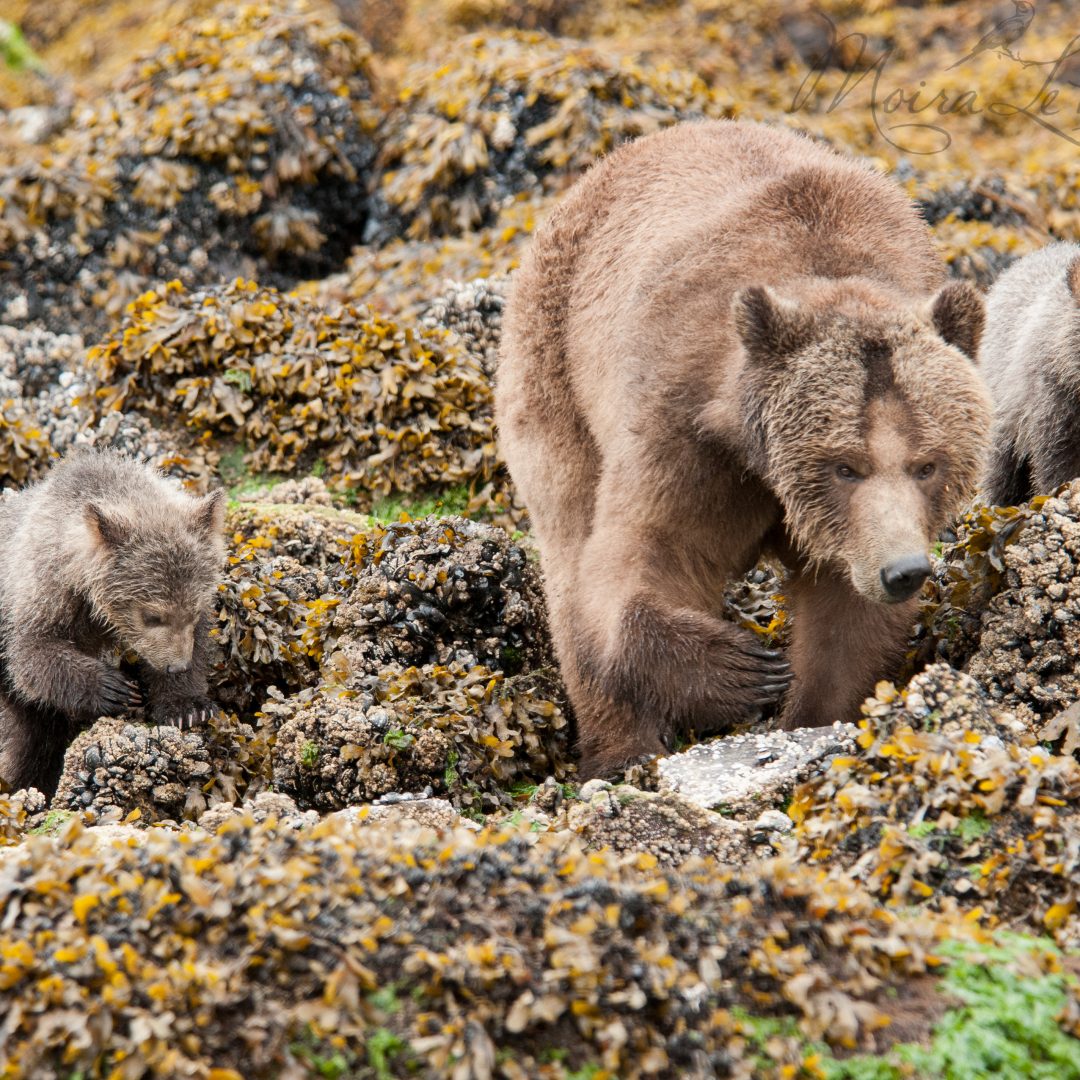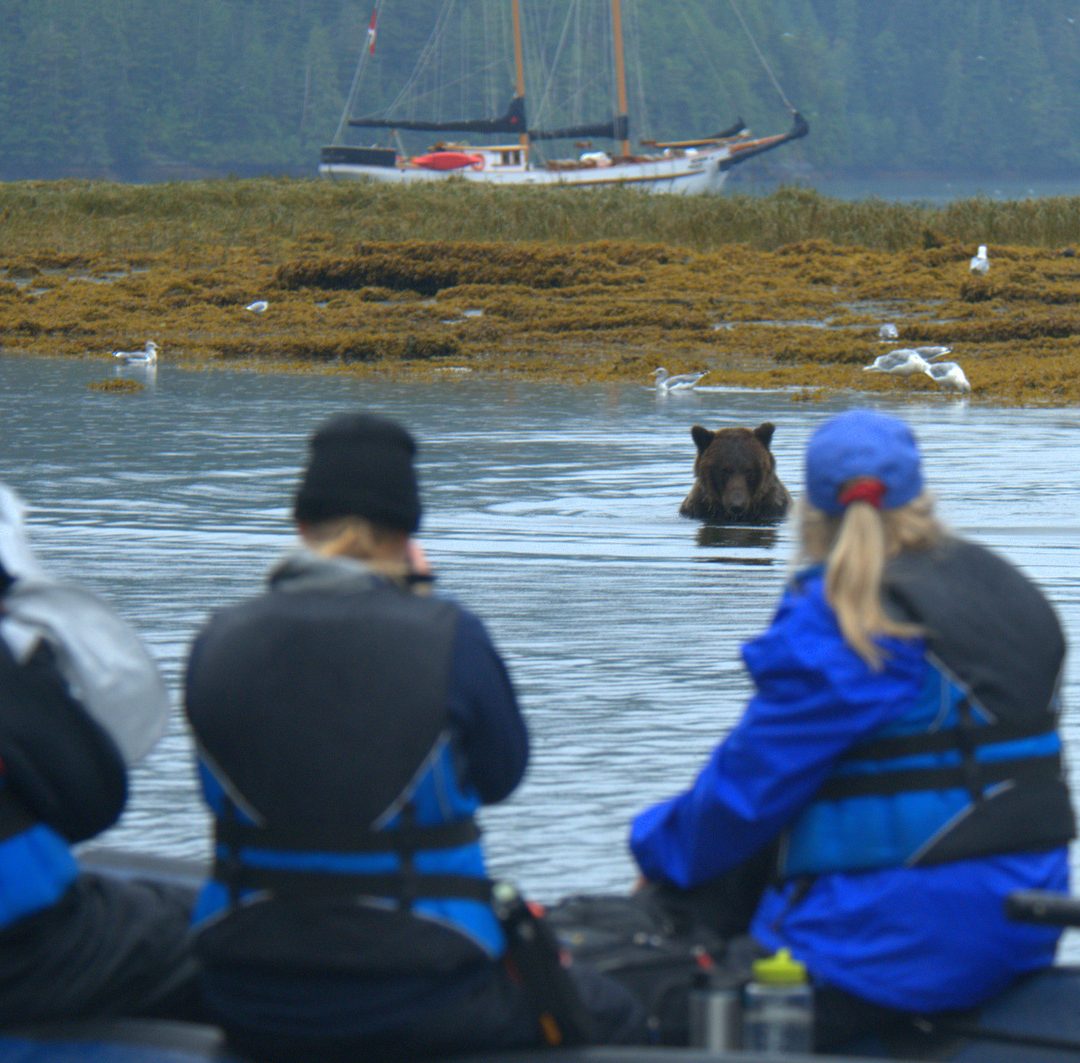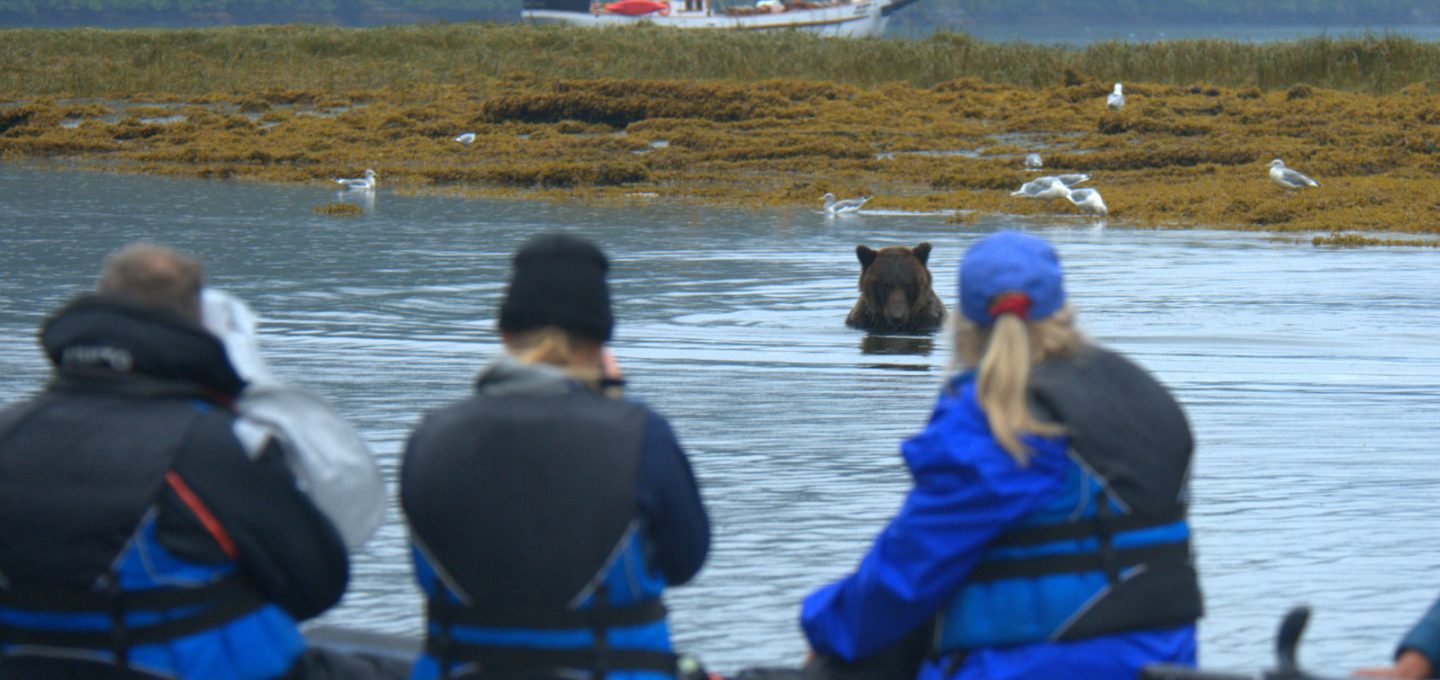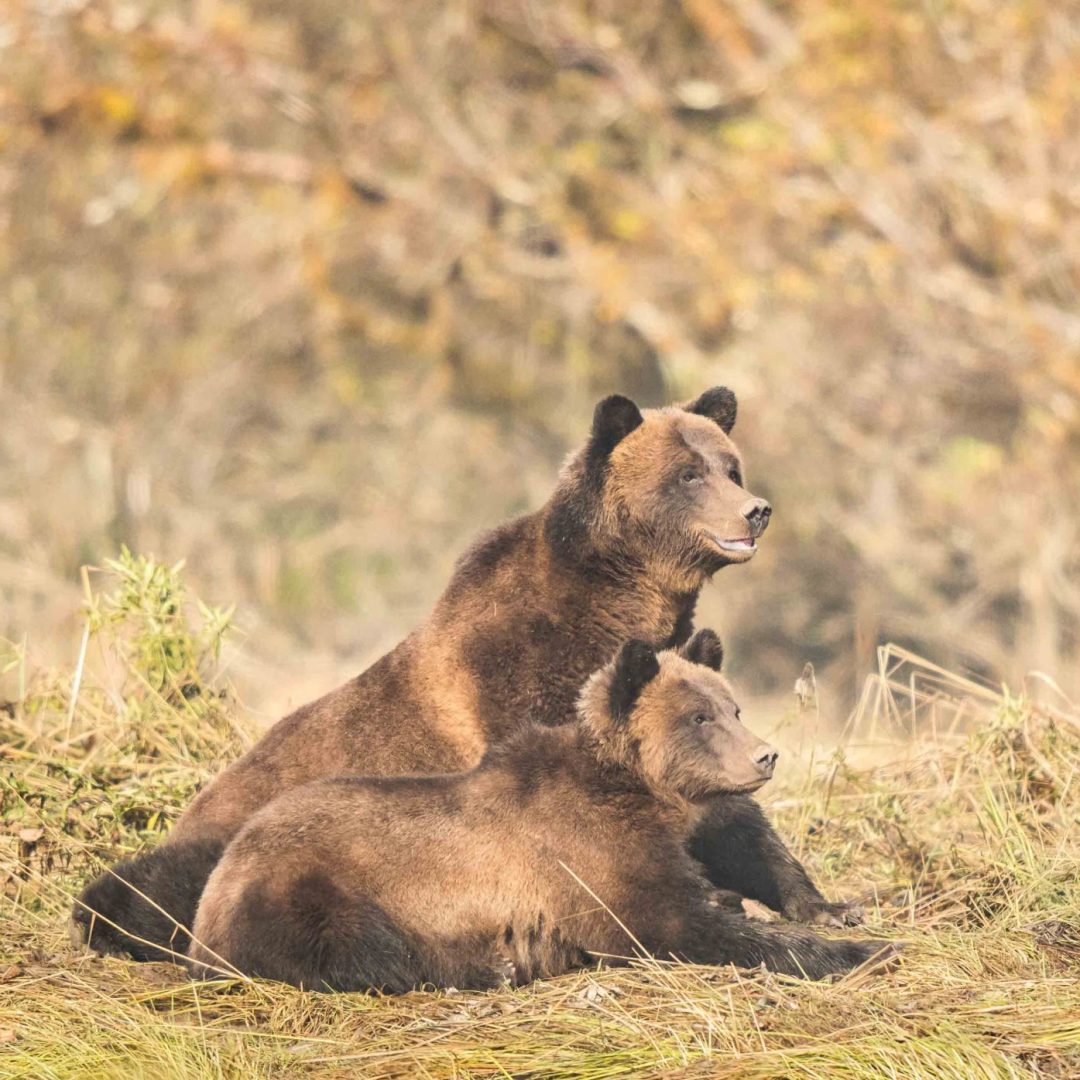

Industry Development
The CBVA is committed to continuing to evolve and develop our industry by updating our viewing techniques and strategies as new research and our experience dictate, developing best practices and developing a guide certification program. We also help fund important, professional research on human-bear interactions.
Best Management Practices
CBVA members have established a set of Best Management Practices and Code of Conduct for the bear viewing industry, in consultation with Indigenous partners, industry, government and bear biologists and based on the best science available. They have been put in place to safeguard both guests and bears and ensure the sustainability of bear viewing in BC.


Evolving standards
Our best practices have evolved in an adaptive context. What does that mean? Basically, it starts with the premise that we as operators desire to have as minimal an impact on bears as we can. Twenty years ago when some of our members pioneered this industry in BC there were no guidelines and very little research on how to safely view bears in the wild. These companies would try a technique or strategy designed for low impact viewing and if they saw a negative outcome (i.e., a stressed bear) they would modify their viewing behaviour and start again.




Adaptive viewing
Over many years of this adaptive viewing, our members have evolved techniques and strategies that we believe are highly effective. These techniques allow our members to offer guests a quality viewing experience while minimizing the impact on the environment and the bears. Click here to see our Best Practices.
